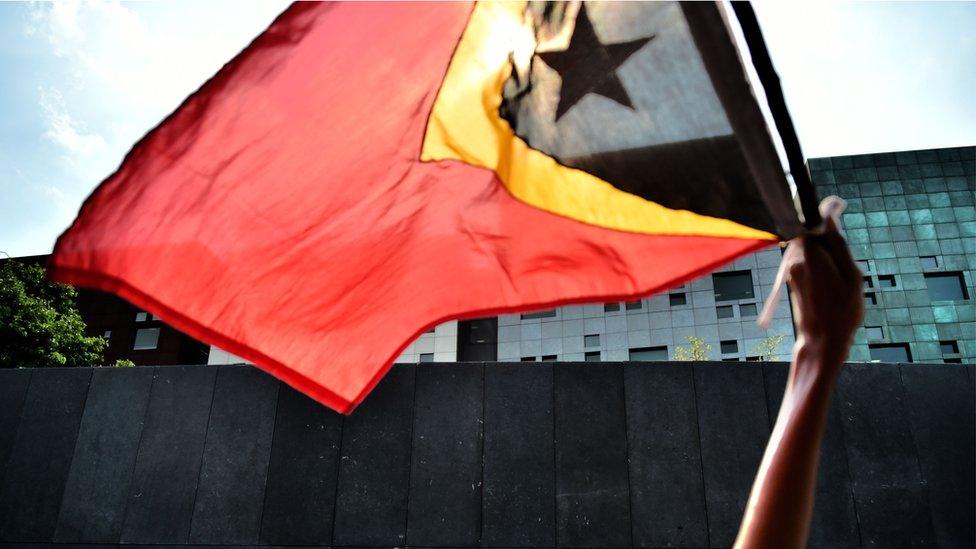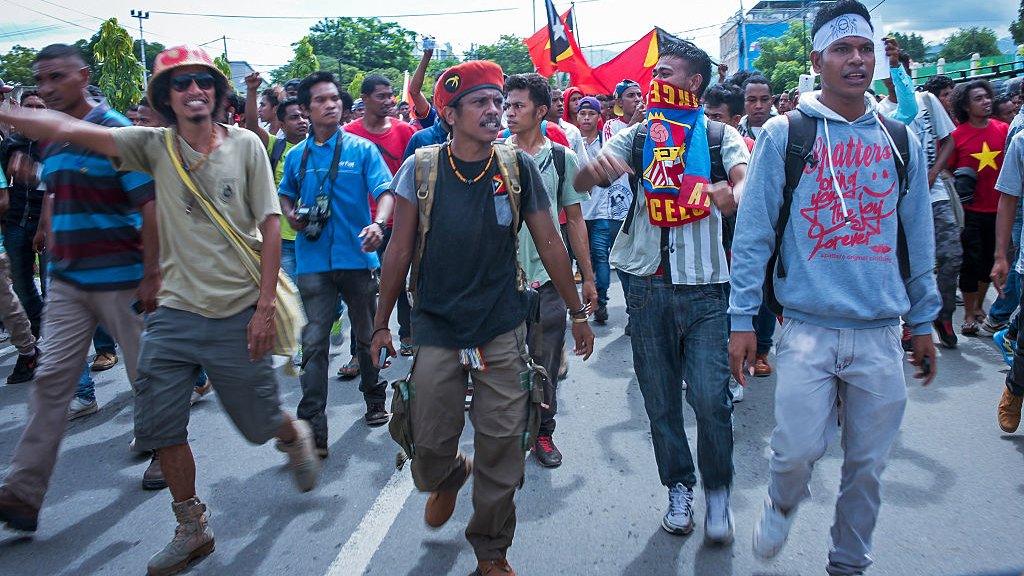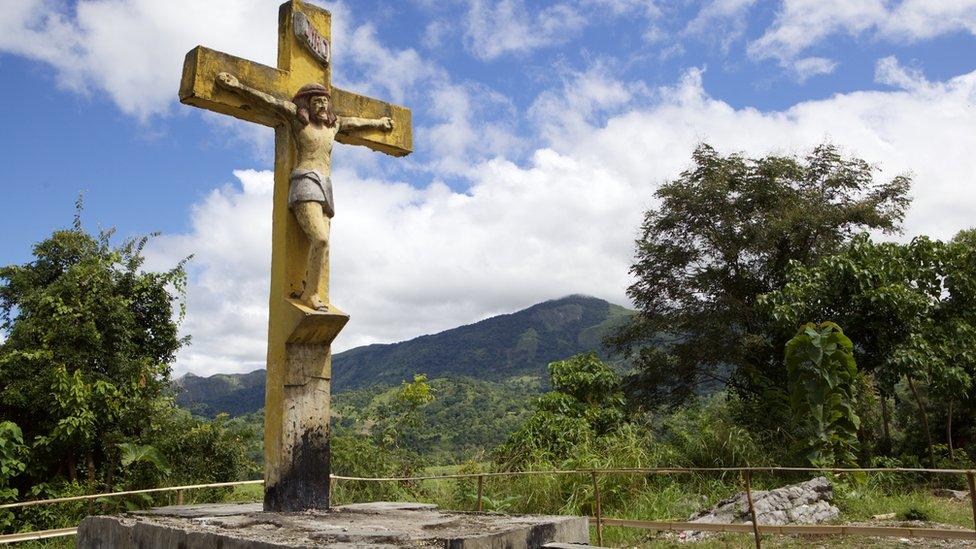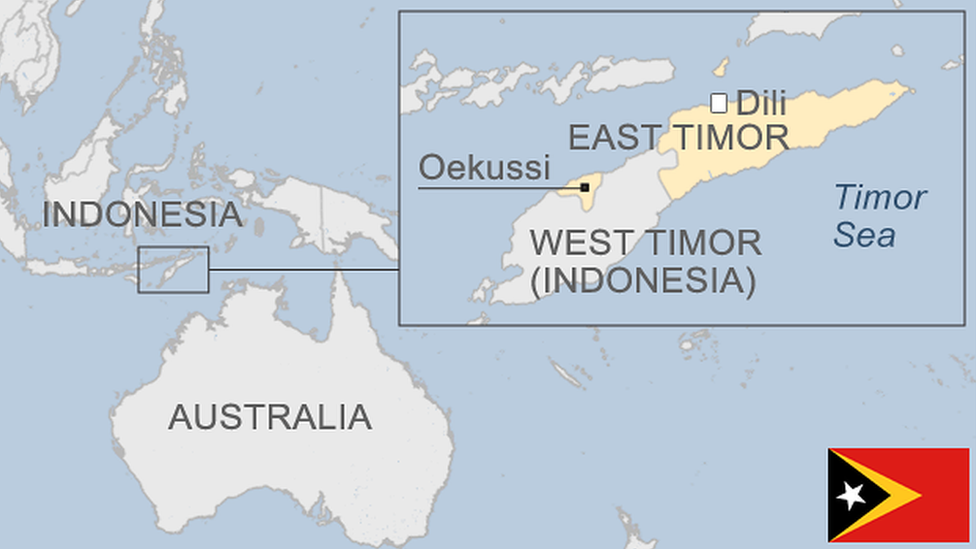East Timor axes Australia border treaty over oil reserves
- Published

Despite its potential resources wealth, East Timor is still one of the poorest countries in Asia
East Timor says it wants to tear up a controversial 2006 maritime border treaty with Australia which has soured relations between the two countries.
The treaty dealt with how oil and gas beneath the Timor Sea should be shared, but has been disputed ever since.
East Timor, one of Asia's poorest nations, argues the way territory has been divided was not fair.
It is now hoping for a fresh deal that gives it a larger share of revenues from natural resources.
What was the treaty about?
After East Timor, also known as Timor-Leste, gained independence from Indonesia in 2002, no permanent maritime boundary was established between Australia and the new nation.
Instead, the two sides agreed on the "Certain Maritime Arrangements in the Timor Sea" treaty (CMATS) that set a temporary border and put off a final agreement for another 50 years.
The location of that permanent border is crucial to both sides, because there is an estimated $40bn (£32.85bn) worth of oil and gas beneath the sea that divides the countries.
Under the 2006 treaty, revenue from the biggest of the reserves, the Sunrise oil and gas field, would be split evenly between the two countries. A small part of the field as well as other smaller reserves already fall into what is called the Joint Development Area which has 90% of the revenue going to East Timor.
Why is East Timor unhappy?
Australia played a pivotal role in helping East Timor get independence, through military support and then providing post-independence aid.
But the small country believes its large, rich neighbour is getting far more than it actually is entitled to under the United Nations Convention on the Law of the Sea (UNCLOS). While Australia is a signatory to UNCLOS - it refuses international arbitration on maritime boundary matters.
Many in East Timor feel that they were essentially bullied into the treaty at a time when the young country was desperate for money and would have signed pretty much anything.

There have been many protests outside the Australian Embassy in Dili
The anger at Canberra was heightened when it was alleged that Australia had planted spying devices in East Timor's cabinet office during the negotiations ahead of the 2006 treaty.
"Having that as an advantage for you to negotiate something that is a matter of death and life for a small country, I think it's - at least morally - it's a crime," East Timor's Prime Minister Rui Maria de Araujo told the Australian Broadcasting Corporation in 2015.
What next?
Australia has signalled that it will accept East Timor's move to end the deal that marks out the maritime border.
There's a three month notice period until the treaty will actually cease to be in effect, and things will revert to an earlier agreement from 2002.
East Timor says that line should be drawn midway between the two coastlines, which would mean that most of the oil and gas reserves would lie on Timor's side.
But Australia argues the border should be at the edge of its continental shelf, which would put it closer to East Timor.
In September 2016, East Timor also took the case to the international court of arbitration in the Netherlands, but Australia - while having joined the arbitration process - denies the court has any jurisdiction on the matter.
East Timor's Ambassador to Australia, Abel Guterres, says reaching an agreement in line with international law would be "very important for both countries in our bilateral relations as well as regional stability and security".
- Published27 September 2016

- Published13 June 2016

- Published14 June 2016

- Published5 June 2023
